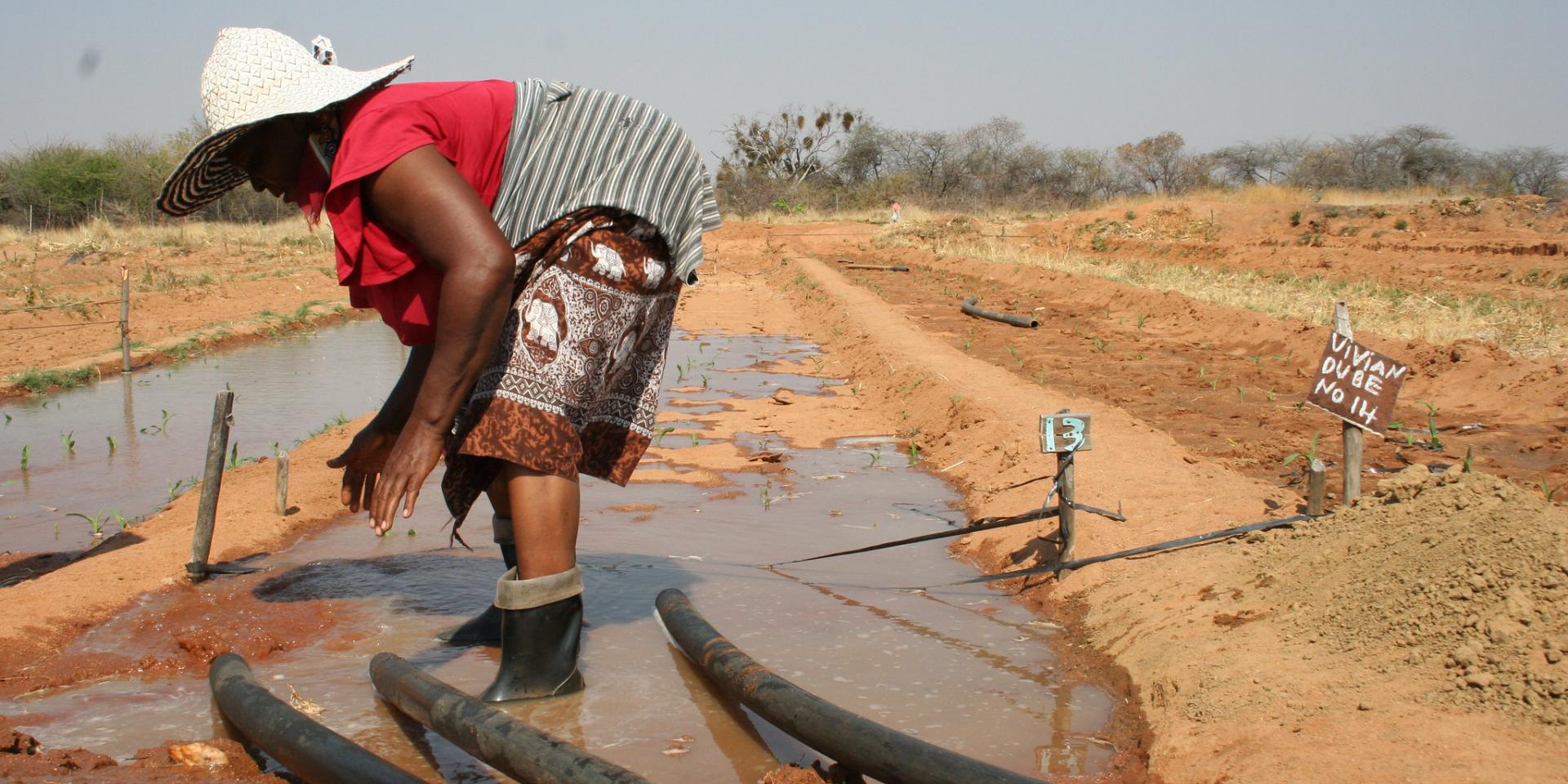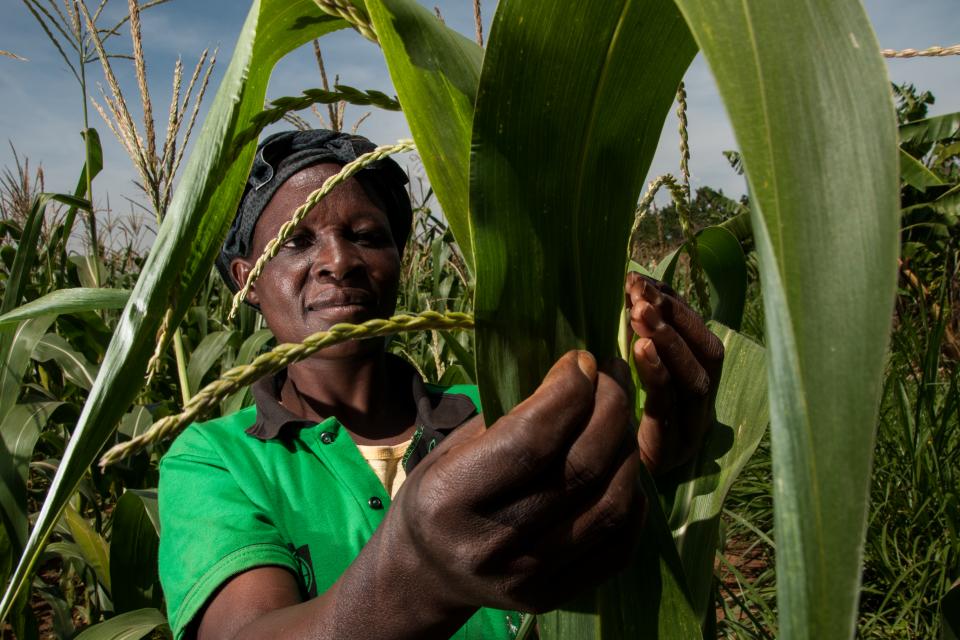Far-reaching impact of technology and innovation: saving time, boosting income and reducing household conflict in Zimbabwe and beyond
 Photo: Busani Bafana/IPS
Photo: Busani Bafana/IPS
Simple agricultural innovations, such as soil probes to detect water and salinity levels at different depths, have not only helped smallholder farmers conserve scarce resources, they’ve reduced conflict within communities and fostered harmony in families. Interventions in Zimbabwe have demonstrated that returns on investment in R&D go far beyond increased yields and productivity.
The emerging language from Europe uses the term responsible research and innovation. These three words convey a vital message relevant to all of us working in this arena. It separates research – the pursuit of new technologies, from innovation – the process of developing better ways to do things while embedding technologies into functional socio-ecological systems. Responsible, suggests that we ethically engage in this process. In the words of Professor Jamie Pittock of the Australian National University, our lead partner in the Transforming Irrigation in Southern Africa (TISA) project, “Do no harm.”
In complex systems such as irrigated agriculture, where interventions in one place may have unexpected outcomes in others, the TISA team kept a sensitive finger on the rhythm of activities in the target irrigation schemes. Regular focus group discussions linked the project team and support services with farmers. Farmers, in this case, have a healthy representation of dedicated and hard-working women.
The project introduced the Chameleon, a handheld instrument that measures soil moisture using three probes planted at different depths (close to the soil surface, within the crop’s root zone and beyond the rootzone). The tool’s exceptional value lies in its simple user interface. Three LEDs (one for each depth) emitting either red, green, or blue light provides irrigators with immediate information on whether the soil is dry, moist or wet at the different levels. Irrigators can also measure soil moisture after irrigation events to assess how deep the water has penetrated.
This information is further enriched by using a pair of Fullstops – wetting front detectors – established within and beyond the root zone. A flag pops up when the water reaches and fills the funnel at the instrument’s bottom, allowing irrigators to extract a water sample from each depth to determine nitrates and salinity.
A high nitrate level within the root zone is the goal, while an increased nitrate level beyond the root zone indicates that expensive nutrients are leached beyond the crop’s reach. Together, these instruments provide vital information to improve decision making regarding irrigation water and nutrient management. Farmers can now experiment and learn, strengthening their mental models of the relationship between irrigation frequency (and amount) and nutrient losses.
In one of the intervention locations Silalatshani, based on their own initiative, farmers retained nutrients in the root zone by reducing irrigation frequency, reducing the number of siphons used and the duration of each irrigation event. Consequently, water productivity increased by more than 100%. Farmer-to-farmer learning resulted in more farmers reducing irrigation frequency than the number of farmers who had tools installed in their fields. At the beginning of the project farmers in Silalatshani irrigated their crops an average of 20 times during the growth cycle. By the end of the project’s first phase, both farmers with and without tools reduced irrigation events to less than nine times per season.
“Earlier, I used to always irrigate whenever water was flowing in the canals. I would not miss the opportunity to utilize the water as I always thought more water translates to higher yields,” said Mr Sergeant Nkomo, a farmer at the Landela block at Silalatshani.

